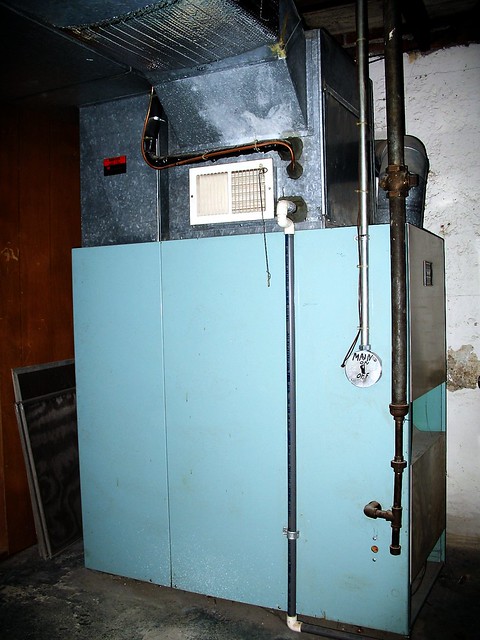Healthcare operating rooms (ORs) are one of the most critical types of indoor environments. That means OR designers and operators tend to pay a high level of attention to OR HVAC (heating, ventilating, and air conditioning) systems. However, many OR designers and users overlook opportunities to operate OR HVAC systems more efficiently.
Required Airflow
Those involved with the design and operation of healthcare OR HVAC systems are likely aware of the minimum ventilation and airflow requirements of ASHRAE Standard 170: four air changes per hour of outdoor airflow, and 20 air changes per hour of supply airflow. These requirements are essential during surgical procedures, but what about during unoccupied hours [PDF]?
Unoccupied Healthcare Operating Rooms
Non-emergency ORs are typically unoccupied during non-business hours. During unoccupied periods, it is common, but not required, to provide full design airflow. According to the FGI 2014 Guidelines for Design and Construction of Hospitals and Outpatient Facilities (Section 2.1-8.2.2.1), ventilation systems must operate at all times; however, airflow may be reduced during unoccupied hours as long as positive room pressure is maintained.
Energy and Cost Savings
Over-ventilation of ORs during unoccupied hours results in significant, unnecessary energy consumption, for fans, ventilation air tempering, and reheat of supply air. By reducing the supply airflow during unoccupied periods, the annual supply airflow can be conservatively reduced from 100 percent to 80 percent. For an OR with 2,000 CFM of supply airflow, the annual fan energy savings would be approximately 2,500 kWh. For an OR in Burlington VT, the reduction in outdoor air cooling energy would be approximately 2,100 kWh (assuming 20 percent outdoor airflow and 0.7 kW/ton chiller efficiency) and the reduction in outdoor air heating energy would be approximately 19.2 MMBTU (assuming 80 percent boiler efficiency). Additionally, the reduction in reheat energy would be approximately 6.7 MMBTU. Assuming an average electric utility rate of $0.12/kWh and a heating fuel rate of $15/MMBTU, the annual energy savings would approach $1,000 per year per operating room. Space occupancy control systems (e.g., occupancy sensors and BMS controls programming) can be added to an existing BMS for approximately $2,500. Thus, the retrofit of an existing operating room for unoccupied airflow setback can deliver a simple payback of approximately 2.5 years. At this rate of payback, space occupancy control for OR HVAC systems is comparable to the well-known low-hanging fruit of lighting control retrofits.





